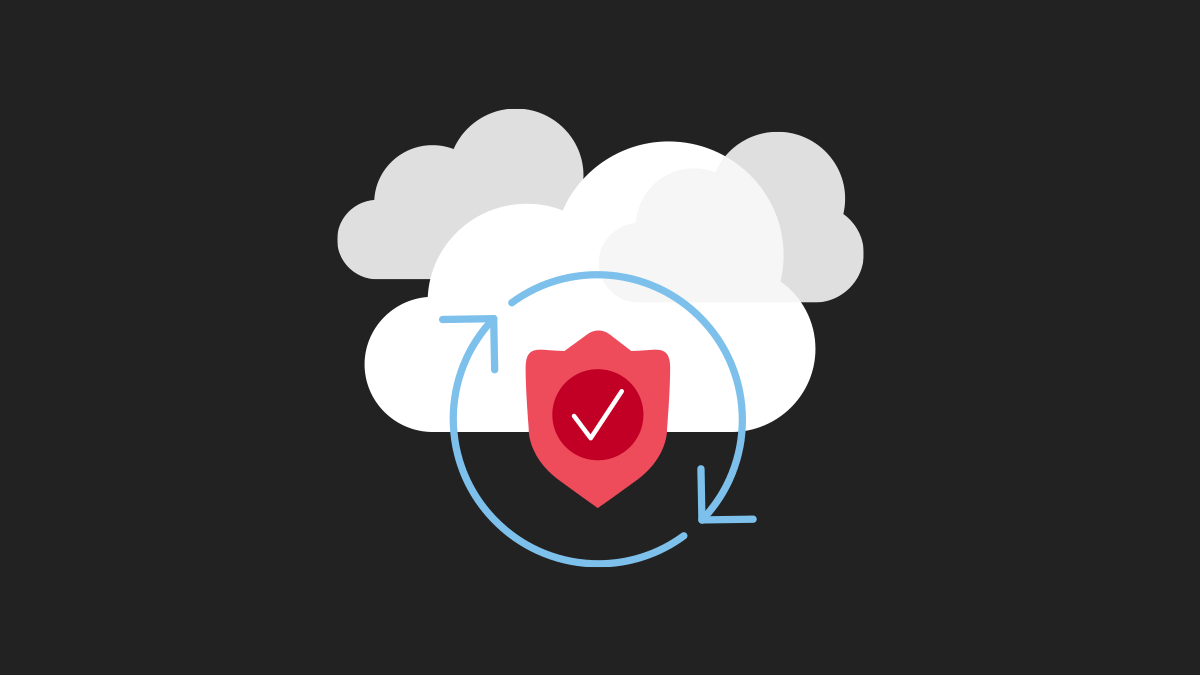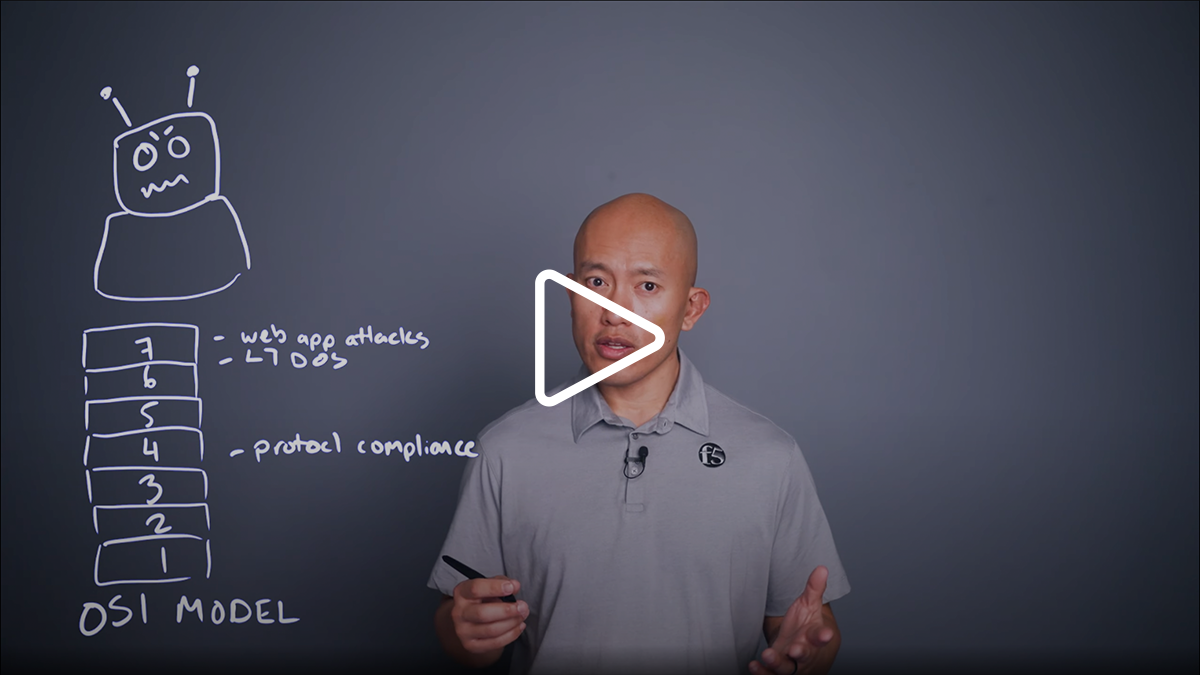What Is Multi-Cloud Security?
Multi-cloud security protects data and applications deployed across multiple cloud platforms from multiple cloud service providers.
As organizations use more cloud services and providers, they face an expanded risk surface and increasingly sophisticated security threats. A traditional perimeter-based security approach is no longer sufficient to protect a decentralized and distributed architecture. Multi-cloud security is a strategy that aims to provide consistent and comprehensive risk management to protect all apps, APIs, and workloads in an organization’s environment, regardless of where they are hosted.
The popularity of multi-cloud environments is growing rapidly among businesses as they offer greater flexibility, scalability, and cost savings than hybrid clouds. Multi-cloud security is increasingly the go-to strategy for businesses that require the agility and scalability of the cloud while also managing risk.
Multi-cloud security helps organizations achieve a stronger security posture by integrating third-party security features and policies across multiple cloud services, in addition to leveraging the strengths of each cloud provider's native security features. Using multiple layers of security provides a defense-in-depth approach that can improve resilience against outages and disruptions, and also provides agility as apps and APIs evolve.
There are key differences between hybrid cloud security and multi-cloud security. Hybrid cloud security focuses on securing apps and APIs across public clouds and private clouds/data centers. Multi-cloud security is a strategy that enables consistent visibility, policy, security, and governance across multiple cloud environments via a single point of management. This strategy can also be applied to a hybrid cloud environment.
Multi-Cloud Security Architecture
Multi-cloud security architecture is a framework for securing data and applications in a multi-cloud environmentand typically includes the following components for building layered defenses in the cloud:
- Centralized management, including dashboards, reporting, and logging to assist with governance and troubleshooting across otherwise disparate and loosely-connected environments.
- Core services, such as networking, segmentation, service insertion, and traffic steering.
- Advanced services, such as load balancing, content delivery network (CDN), firewall, web application firewall (WAF), and Zero Trust Network Access (ZTNA).
- Identity and access management (IAM), which controls the access of users and applications to cloud resources. IAM policies and procedures should be implemented across all cloud providers to ensure consistent security practices.
- Data protection, which includes encryption of data at rest and in transit, as well as backup and disaster recovery plans to ensure the availability of data in the event of an outage.
- Network security, which is critical in a multi-cloud environment as data and applications are spread across different cloud providers. This involves implementing secure network connections and protocols to protect data in transit.
- API management, which helps secure apps and APIs scattered across multiple cloud architectures to deliver responsive and reliable user experiences.
- Compliance and governance policies, which should be implemented across all cloud services to ensure that the organization meets regulatory requirements and industry standards.
- Threat detection and response capabilities, which aim to improve security response by implementing controls across different cloud environments in an as-a-service model for more efficient detection and remediation.
- Ecosystem integrations, including advanced application delivery and security capabilities, L7 gateways, and automation tools for software development and deployment.
Securing a multi-cloud environment can be complicated, but observing the following steps can reduce the challenge and complexity.
- Use a centralized security management platform, which helps organizations monitor and manage security across multiple cloud providers. The platform should provide a single, holistic view of security across all clouds and enable automated security controls and policy enforcement.
- Implement consistent security practices and policies across all cloud providers, to ensure that there are no security gaps. This includes IAM policies and procedures, network security controls, web app and API protection, data protection measures, compliance and governance policies, and threat detection and response capabilities.
- Implement comprehensive protection with consistent security policies, to protect complex environments that include a mix of legacy and modern apps, multiple clouds, and the data center.
Benefits of Multi-Cloud Security
A multi-cloud security approach provides an organization with greater protection, flexibility, and resilience for complex hybrid and multi-cloud environments. Additionally, a multi-cloud approach helps an organization to implement a diverse set of security controls and configurations across its IT infrastructure, reducing the risk of a single point of failure and improving detection and remediation response times.
Because multi-cloud security enables an organization to move its workloads and data between cloud providers safely and easily, it helps avoid potential costs and complications associated with migrating from one cloud to another. An organization can spread its IT workload and resources across different providers, improving resilience and reducing the risk of service disruption and downtime. This is especially important for edge computing, which attempts to reduce latency by connecting users to the closest resource available.
Challenges and Risks of Multi-Cloud Security
Implementing a multi-cloud security strategy can present challenges and risks that organizations should consider in advance.
Also, it is important to note that while multi-cloud is increasingly a deliberate business strategy, some organizations evolve into hybrid and multi-cloud environments due to other factors, such as mergers and acquisitions (M&A) and/or app team preferences for developer tools available in specific cloud platforms.
In either case, managing multiple cloud environments can be complex, particularly as a lack of standardization and visibility can make it difficult to monitor and manage security, compliance, and governance effectively. Specialized skills and knowledge are also required, and a lack of skilled personnel can result in increased operational risks and may hinder an organization's ability to manage and secure its cloud environments effectively.
In addition, implementing a multi-cloud security strategy can be costly, particularly if an organization needs to invest in new tools, processes, and staff.
Compliance and regulatory issues also need to be addressed up front. Different cloud providers may be subject to different compliance and regulatory requirements, making it difficult for organizations to ensure compliance across all of their cloud environments. Interoperability issues can also arise when using multiple cloud providers, making it difficult to move workloads and data between different clouds, particularly if they use different protocols or standards.
Using services from multiple cloud providers can also increase the risk of data loss or corruption, particularly if an organization does not have adequate backup and recovery processes in place. In addition, storing sensitive data across multiple cloud environments can increase the risk of data breaches and theft. If an attacker gains access to one cloud environment, they may be able to use it as a beachhead to perform reconnaissance and then move laterally across the environment to access and exfiltrate sensitive data.
Multi-Cloud Security Best Practices
The following tips and best practices can help organizations maximize the benefits and minimize the risks of the multi-cloud security model.
Understand the shared responsibility model. Different cloud providers may take varying levels of responsibility when it comes to security, and the shared responsibility model states that while cloud providers are responsible for securing their service infrastructure, customers are largely responsible for securing their data and applications within the cloud environment. It is important to understand the division of accountability between each cloud provider and the customer, and to implement additional security measures as necessary to ensure comprehensive security is in place across all cloud environments. For example, while major public cloud providers offer protection against volumetric denial-of-service (DDoS) attacks, security at the application and API layer is generally insufficient to mitigate attacks from sophisticated cybercriminals that use vulnerability exploits and business logic abuse to compromise customer accounts and exfiltrate sensitive data.
Implement a comprehensive security policy. An end-to-end security policy should be implemented across data centers and all cloud environments, which includes encryption, access control, and L7 (application) security. Policies should be regularly updated and reviewed to ensure that they reflect current best practices and compliance requirements, and automated protections that leverage telemetry, behavioral analytics, and machine learning should be employed to improve efficacy and remediation.
Maintain visibility and control. Centralized monitoring and management tools are essential for effective security management as they provide real-time visibility into all cloud environments and enable quick responses to security incidents.
Regularly audit and test security measures. Identify vulnerabilities and ensure that security measures are effective by regularly auditing and testing security measures, including regular vulnerability assessments, penetration testing, and security audits. Vulnerabilities at both the infrastructure and application layer need to be considered.
Multi-Cloud Security Solutions
Multi-cloud security involves integrating a range of security tools and services across multiple cloud platforms to improve security, visibility, speed, and control of data and applications. Common multi-cloud security solutions include:
- Identity and access management (IAM) solutions. These solutions manage and authenticate users' access to cloud resources and applications across multiple cloud platforms.
- Cloud security posture management (CSPM) solutions. CSPM solutions provide real-time monitoring and compliance checks of cloud infrastructure configurations to identify and remediate security risks.
- Data loss prevention (DLP) solutions. DLP solutions prevent sensitive data from leaving the organization's network, including data stored in the cloud.
- Network security solutions. These solutions provide secure connectivity between cloud environments and on-premises infrastructure, ensuring secure data transfer among them.
- Threat intelligence solutions. These solutions monitor and analyze potential cyber threats across multiple cloud platforms to provide insights into emerging security threats.
- Security information and event management (SIEM) solutions. SIEM solutions provide a centralized view of security events across multiple cloud platforms and analyze security incidents in real-time.
- Cloud access security brokers (CASBs). CASBs enforce security policies between cloud platforms and users, provide visibility and control over cloud-based data, and manage data protection and compliance.
- Advanced services, which augment cloud-native networking and security with highly effective, specialized traffic management and security. These services include load balancing, content delivery networks (CDN), firewalls, web application firewalls (WAFs), API gateways, and Zero Trust Network Access (ZTNA) solutions.
When selecting a multi-cloud security solution, here are some of the key features and considerations to look for.
A multi-cloud security solution should integrate with multiple cloud platforms as well as with on-premises data centers and private clouds, and provide a consistent security framework across the entire digital fabric, with real-time monitoring and mitigations to quickly remediate security incidents. In addition, the solution should automate security tasks to reduce the workload on security teams and minimize the risk of human error.
Compliance is an important factor, and the solution should meet compliance requirements such as GDPR, HIPAA, and PCI-DSS. The solution should include advanced analytics capabilities that can identify threats and provide actionable insights and future-proof the architecture in order to accommodate the organization's growth.
Future of Multi-Cloud Security
Multi-cloud security will continue evolving to meet changing business and security requirements. One area of development will be the increased use of artificial intelligence and machine learning to automate security tasks and enhance threat detection and remediation. Additionally, the use of containers and serverless computing is expected to increase in multi-cloud environments, requiring new security measures to protect these technologies. The complexity of multi-cloud environments will continue to increase, resulting in an ever-expanding threat surface that will require robust and consistent security solutions and policy approaches across all compute environments including on-premises, in a cloud, or at the edge.
Organizations that are exploring multi-cloud security solutions should be sure to look for a solution provider with a proven track record of implementing and maintaining multi-cloud security solutions. It’s important that any potential solution provider also regularly update their security intelligence and controls to ensure they are aligned with the evolving threat landscape and industry best practices.
Learn how F5 multi-cloud application solutions can be deployed quickly and securely to any cloud while reducing risk and management complexity.
VIDEO
What is a WAAP? ›


